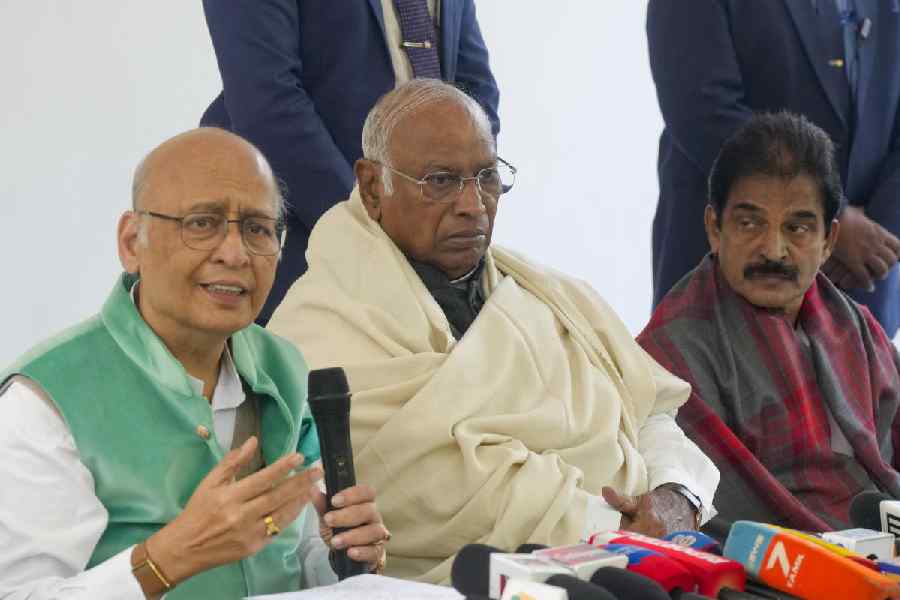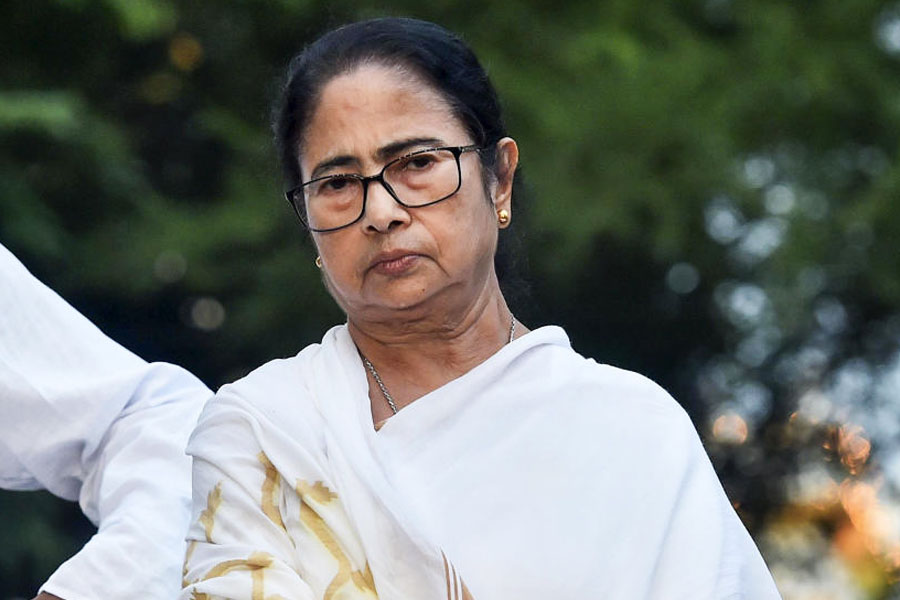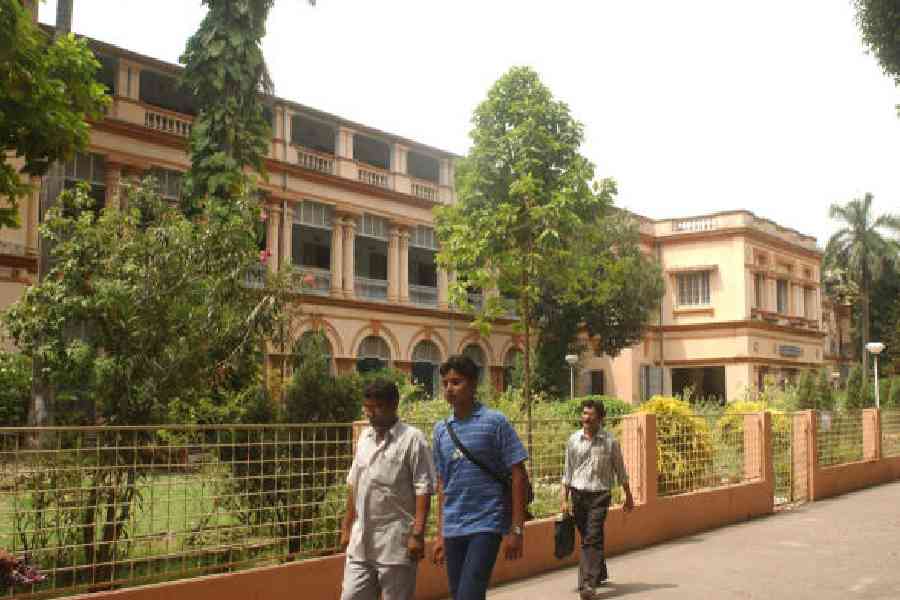 |
What was the palmolein import scandal about?
In 1991, India was in a fiscal crisis. Foreign exchange was scarce and palmolein could be imported only through public sector companies like the State Trading Corporation (STC) — the states were banned from importing it directly. Late that year, the Centre relented and allowed the states to import palmolein for the public distribution system, but laid down some conditions. Payment was to be made in rupees, under a kind of barter scheme where the importer had to export the same value of goods that were imported — no foreign exchange could be spent. And the price of the imported edible oil would not be higher than the price the STC would have paid for it (the so-called indicative price) on the day the states imported oil, or the average price STC paid in the preceding 30 days.
The price of coconut oil had gone up. Kerala’s Congress-led United Democratic Front (UDF) government wanted to import palmolein to keep coconut oil prices in check. Several other states too, including Tamil Nadu, Karnataka, Maharashtra and West Bengal, imported palmolein. West Bengal imported 8,000 tonnes at a slightly higher price than Kerala’s. Mustard oil prices were then high and many people couldn’t afford it — palmolein was a cheaper alternative, says P.S. Kathiresan, principal secretary, food and civil supplies department, and managing director of the West Bengal Essential Commodities Corporation, the state-owned company that imported the edible oil.
On November 9, 1991, Singapore-based commodities trading company Power & Energy Pvt. Ltd wrote to then Kerala chief minister K. Karunakaran offering to supply palmolein, after meeting Karunakaran and Kerala chief secretary S. Padma Kumar in New Delhi in October. On November 27, the state Cabinet decided to import palmolein after obtaining New Delhi’s permission. The price would be decided later. It opted to use Power & Energy for this because it didn’t have the machinery to import the oil at short notice.
Why did Kerala’s Left Democratic Front (LDF) question the deal?
■ The LDF was training its sights at Karunakaran by suggesting that the deal was based on the chief minister’s discussion with Power & Energy at the October meeting in New Delhi. The Congress-led UDF contested this. It said the Rs 26-crore deal was based on Power & Energy’s formal letter of November 9, offering to supply palmolein.
■ The deal was pushed through in haste, without tenders being invited. “The decision was taken within a week of the Power & Energy representative meeting Karunakaran. That haste was very suspicious and there were irregularities, on account of which Kerala had to pay a higher commission plus a higher price,” says Thomas Isaac, till recently finance minister in the LDF government. The LDF alleges that this was meant to avoid looking at other offers to import palmolein, because the Kerala government had already decided to buy palmolein from Power & Energy. In fact, Malaysia’s Nalin Industries offered to supply palmolein in a telex dated November 26 to S. Padma Kumar, citing the day’s indicative price of $390 a tonne. This was a day before the Cabinet decided to use Power & Energy as its intermediary, and the price was lower than the $405 the state government bought palmolein for. (Another Malaysian company, MMC Marketing, too expressed interest in Kerala’s order, but on December 3, after the order had been placed.)
 |
■ Procedures were not followed. The import proposal had to be first vetted by the finance department. This was not initially done. The proposal went to the food and civil supplies minister (T.H. Mustaffa) and then to the finance minister (Oommen Chandy) who then signed on the file, and took it up in the Cabinet meeting.
■ A Government Order (GO) has to be issued once the Cabinet takes a decision and before it is implemented. But the memorandum of understanding (MoU) with Power & Energy was signed on November 29, 1991, before the GO was issued on December 2. Also, the MoU was signed without the price having been fixed — it was fixed later.
■ The price should have been fixed on the basis of the STC’s procurement price on November 29, the date on which the MoU was signed, or the average of the past 30 days (that is, $380 a tonne).
What did the LDF do?
After coming to power in 1996, it filed a chargesheet on November 6, 1999, against Karunakaran, Mustaffa, chief secretary Padma Kumar, additional chief secretary Zacharia Mathew, food and civil supplies secretary P.J. Thomas, then KSCSC managing director Jiji Thomson and five directors of the company, and two representatives of Power & Energy.
What do those involved in the deal have to say about this?
First, all the states that applied to the Centre to import palmolein had been allowed to import 80,000 tonnes in all. There was a scramble to bag a share of this palmolein. Chandy says that Kerala was the fifth state to avail of the Government of India scheme and the Cabinet didn’t invite tenders. “If we had insisted on following all the procedures, we would have missed this deal.” Indeed, all the state governments, except Maharashtra, didn’t invite tenders. Several of them bought palmolein through Power & Energy.
Secondly, the price of $405 per tonne that KSCSC paid was lower than the STC’s indicative price of $412 for the day. What is more, the Centre had approved of Tamil Nadu benchmarking its purchase price against the STC’s indicative price for the day. So Kerala could do this too. A senior IAS officer who’s served in Kerala argues that the price of palmolein was volatile and rising — and when prices are climbing, it is impractical for a state government to take the average price of the last 30 days. “Where will you get palmolein if prices are fluctuating day to day or if prices are increasing,” he asks. Quite. Indeed, as Jiji Thomson points out, all the states flouted the Centre’s 30-days average price clause, simply because it was unworkable. For example, the price fixed by the Tamil Nadu Civil Supplies Corporation in the last week of December was $ 392.50, versus the STC price of around $371 for the 30 days before the last week of December.
Thirdly, the Nalin Enterprises offer did not deal with the specifics of payment.
Fourthly, the money to import palmolein was borrowed by KSCSC from several banks — the government didn’t fund the deal.
Finally, as Chandy points out, the entire oil was sold out within weeks. The KSCSC made a profit of about Rs. 8.5 crore. “The allegation that we made a loss of Rs. 2.3 crores in that deal is politically motivated,” he says.
What was P.J. Thomas’s role in all this?
Very little. Thomas merely issued the Government Order on the instructions of Zacharia Mathew, who was implementing a Cabinet decision. Thomas also failed to immediately send the file containing the import proposal to the finance department for vetting — a procedural lapse at best.
Now that the UDF is back in power, will the case be withdrawn?
The case is in a district court in Thiruvananthapuram. Chandy tried to withdraw it when he was chief minister earlier. “My conscience says that there is no substance in this case. I believe that the officers did not make any mistake,” he adds. But he’s unlikely to withdraw the case now, because that would kick up a political rumpus — the LDF, which tried to rope him into the case this year, will claim that he’s trying to wriggle out of it.










